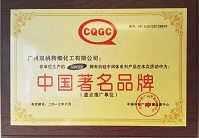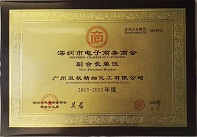
![]() E-mail: admin@gz-chemical.com
E-mail: admin@gz-chemical.com
Email us,best price and silane solutions for you!
Tel:+86 (20) 29035969

![]() E-mail: admin@gz-chemical.com
E-mail: admin@gz-chemical.com
Email us,best price and silane solutions for you!
Tel:+86 (20) 29035969


Research scientist Dong Ding is developing direct carbon fuel cells at INL's Energy Innovation
Laboratory. Credit: Idaho National Laboratory Advancements in a fuel cell technology powere
d by solid carbon could make electricity generation from resources such as coal and
biomass cleaner and more efficient, according to a new paper published by Idaho National
Laboratory researchers.
The fuel cell design incorporates innovations in three components: the anode, the electrolyte
and the fuel. Together, these advancements allow the fuel cell to utilize about three times as
much carbon as earlier direct carbon fuel cell (DCFC) designs.The fuel cells also operate at
lower temperatures and showed higher maximum power densities than earlier DCFCs,
according to INL materials engineer Dong Ding. The results appear in this week's edition of
the journal Advanced Materials. Whereas hydrogen fuel cells (e .g., proton exchange
mem brane (PEM) and other fuel cells) generate electricity from the chemical reaction
between pure hydrogen and oxygen, DCFCs can use any number of carbon-based resource
s for fuel, including coal, coke, tar, biomass and organic waste.
Because DCFCs make use of readily available fuels, they are potentially more efficient than
conventional hydrogen fuel cells. "You can skip the energy-intensive step of producing
hydrogen," Ding said.
But earlier DCFC designs have several drawbacks: They require high temperatures—700 to
900 degrees Celsius —which makes them less efficient and less durable. Further, as a
consequence of those high temperatures, they're typically constructed of expensive materials
that can handle the heat.
Guangzhou Double Peach Fine Chemical Co.,Ltd
Address: No 3401 Huangpu East Road, Huangpu District, Guangzhou, China
Tel:+86 (20) 29035969 Fax:+86(20)29035979
Tel/Wechat/Whatsapp:0086 13826126978 admin@gz-chemical.com